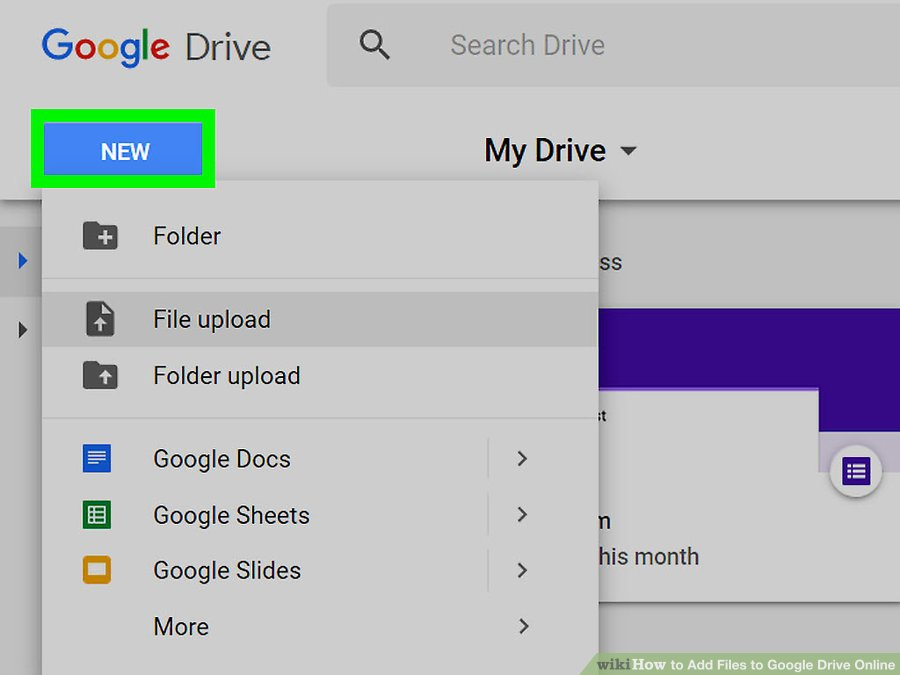

The file no longer obeys to the rule of sharing from its parent folder because it's no longer there.
If the owner of a shared folder gave you the privilege to move things around, and you move a file from the shared folder to your Drive, people it's shared with will lose access. You're still in control of access privileges and can move it out, and if the owner of the shared folder deletes that folder, your file gets repatriated back to your Drive. If you are the owner of a file in Drive and move it from your Drive to a shared folder where you're a recipient (and not the owner), that file will no longer be yours still be yours but it won't be saved in your Drive. For example, these are two consequences that make sense in this new paradigm, but that you never had to think about previously: The one file equals one original location equation requires Drive users to adjust the way they think about sharing and moving things around. /MicrosoftSurface2_HeroSquare-ee03e95599f94e31a07ec7009a6f459e.jpg)
Based on the company's documentation, this aspect seems to be the biggest motivator behind the change. Fewer sync issues, fewer bugs when people make modifications on their end.

File ownership is also clearer on Google's end: One file, one owner, one place. Anyone who enjoys hierarchy and organization will love this. The benefit here is that you can create as many shortcuts as you want, so you could quickly access a shared file or folder from multiple places inside your Drive without duplicating them.



/MicrosoftSurface2_HeroSquare-ee03e95599f94e31a07ec7009a6f459e.jpg)



 0 kommentar(er)
0 kommentar(er)
